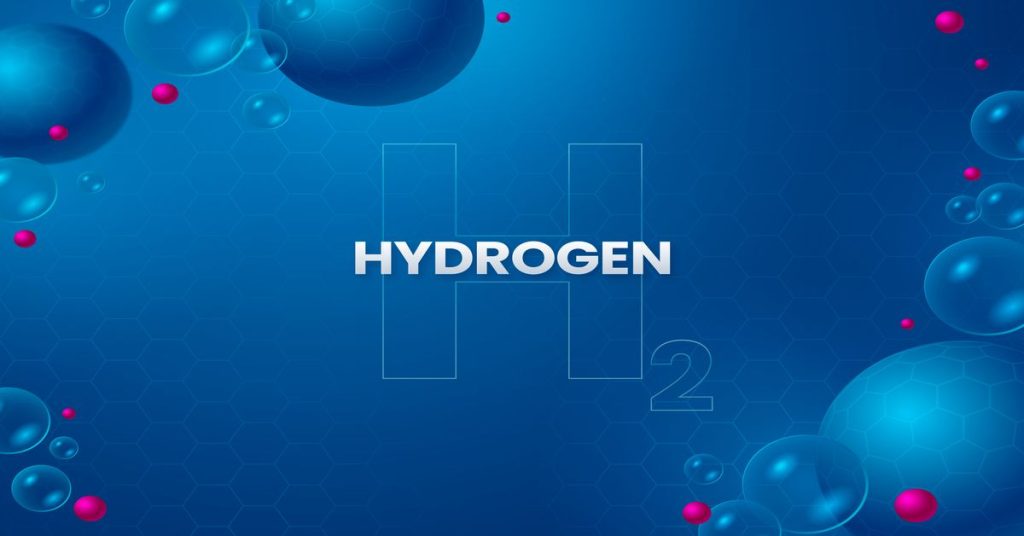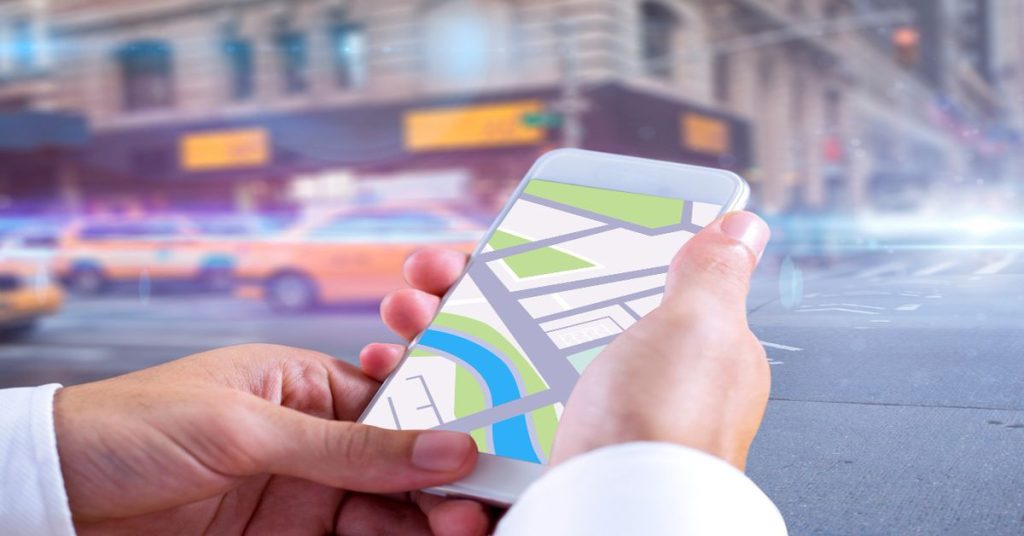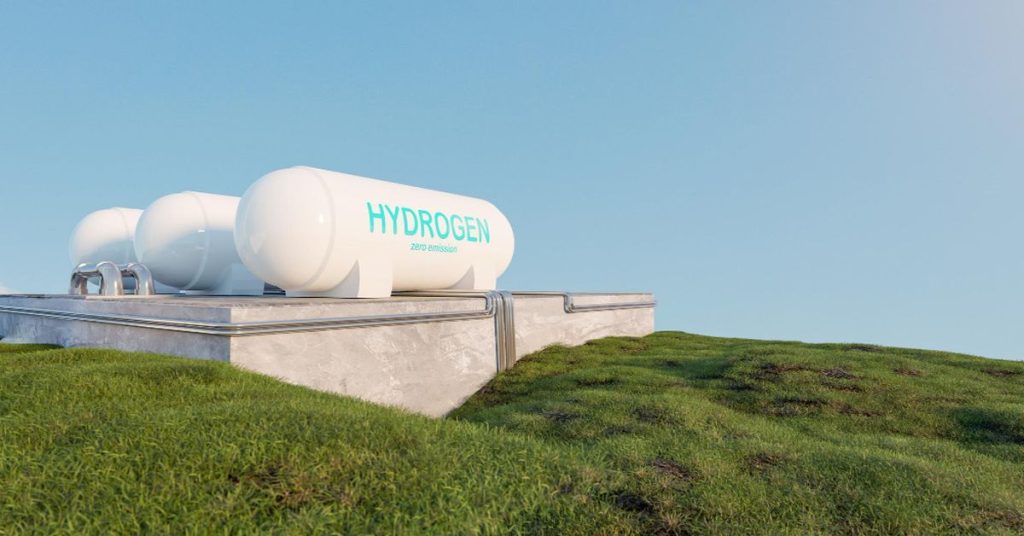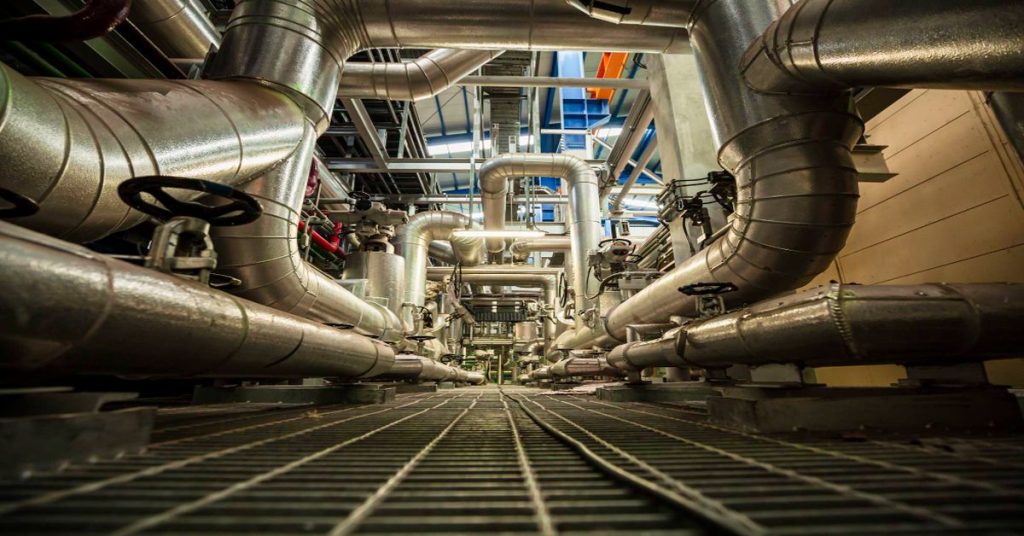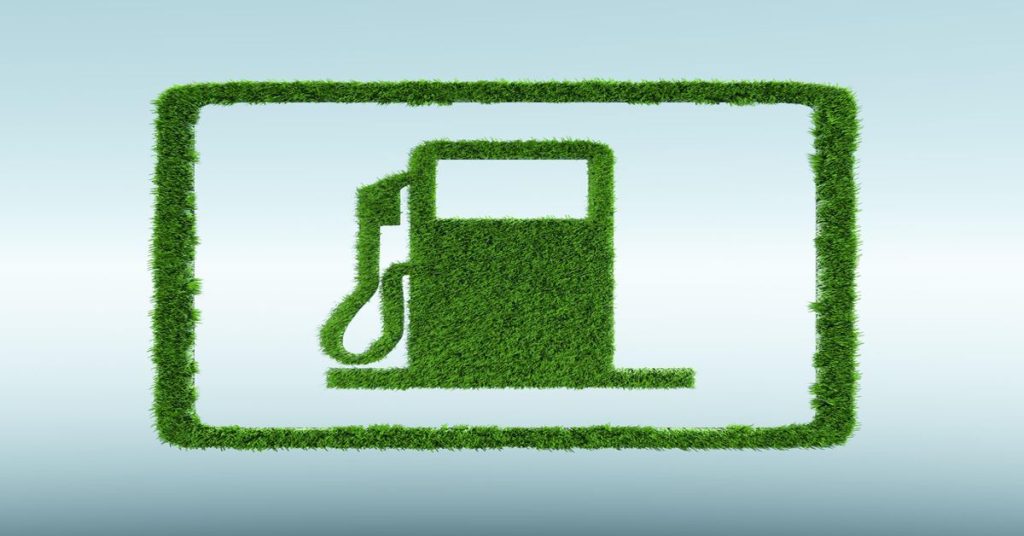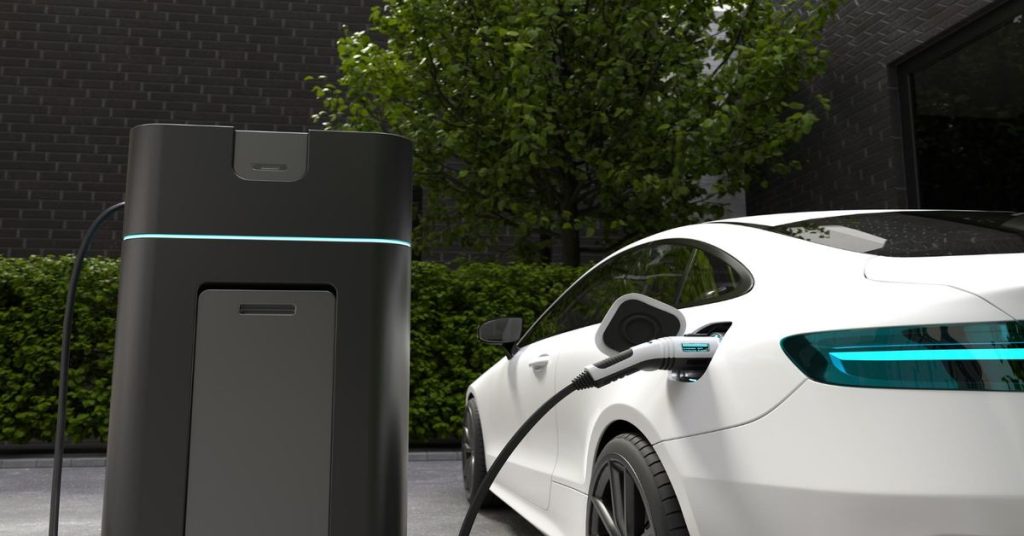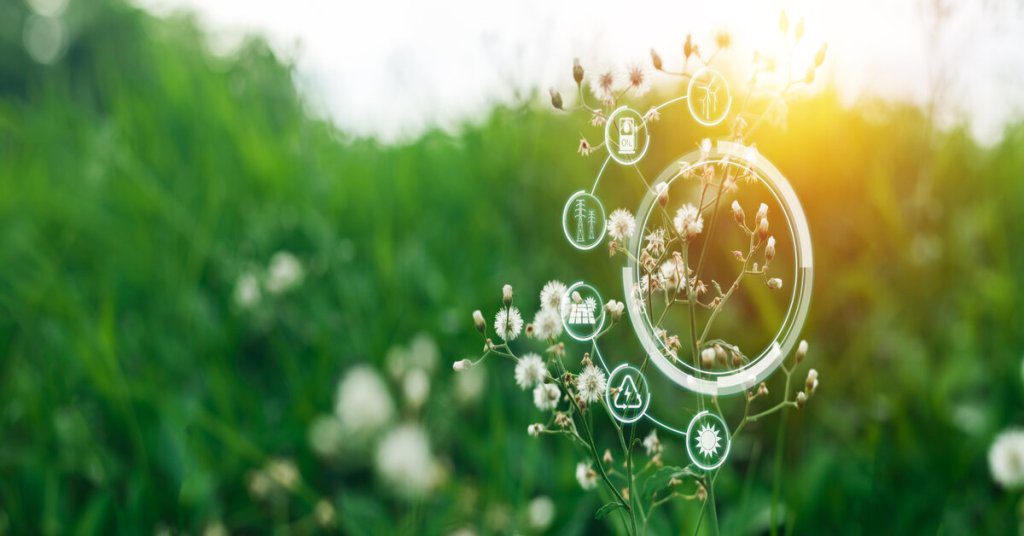Enhancing Hydrogen Storage Capacity of PowerPaste Using Improved Heat Exchangers
The production of power from the combustion of fossil fuels contributes to global warming and air pollution. The transportation industry in Europe produced 838 million metric tonnes of CO2 in 2019. Moreover, the World Health Organization (WHO) estimates that burning carbon-heavy liquid and gaseous fuels in heat exchangers to generate energy exposes more than 80% …
Enhancing Hydrogen Storage Capacity of PowerPaste Using Improved Heat Exchangers Read More »
